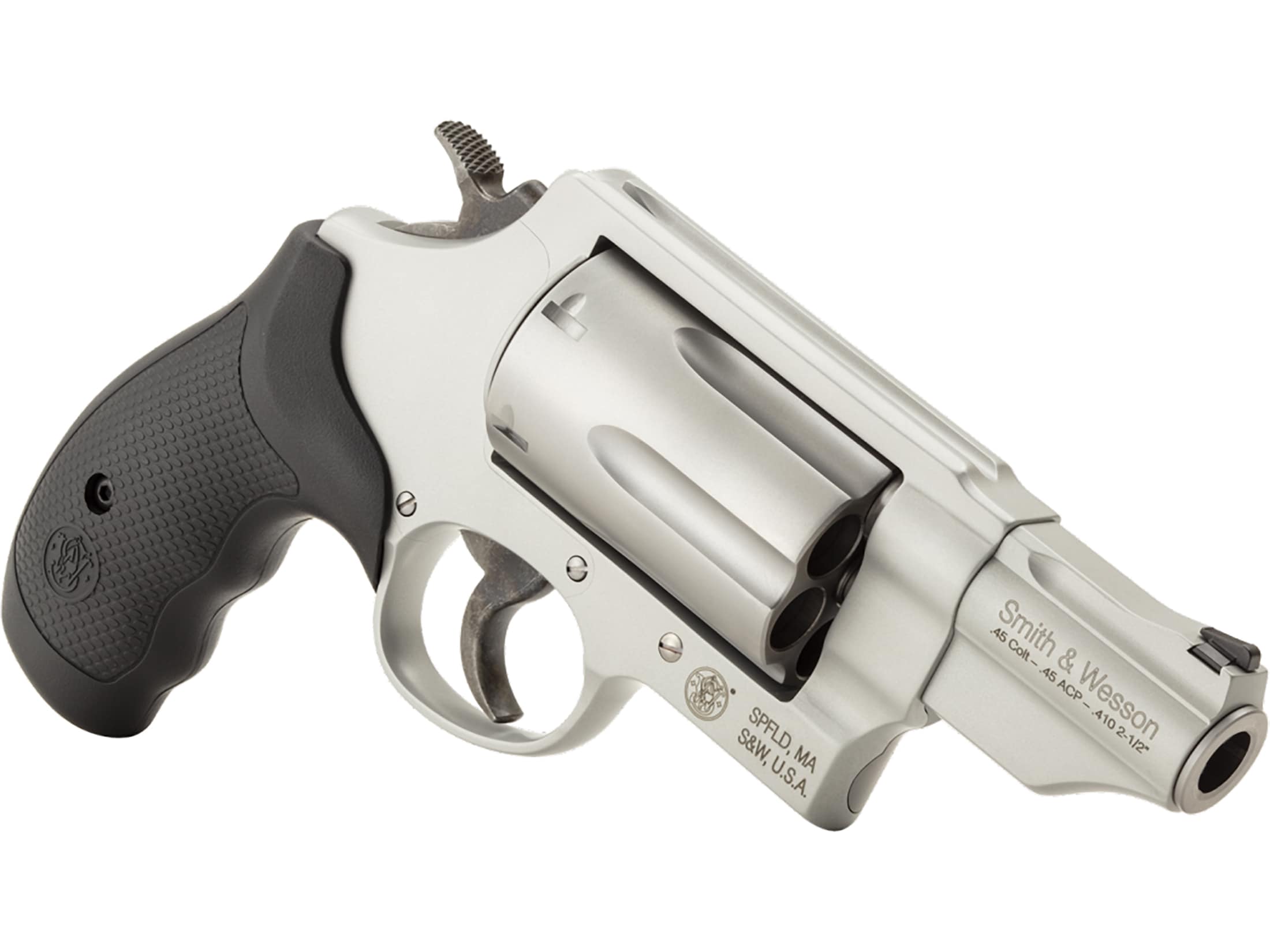5 WW2 Plane Silhouettes

Introduction to WW2 Plane Silhouettes

The Second World War was a pivotal moment in history, marked by significant advancements in aviation technology. The aircraft used during this period played a crucial role in the war’s outcome, with various models serving different purposes, from reconnaissance and bombing to dogfighting and transportation. Recognizing these planes by their silhouettes can be a fascinating aspect of aviation history, allowing enthusiasts to understand and appreciate the design and functionality of each aircraft. In this blog post, we will explore five notable WW2 plane silhouettes, discussing their unique characteristics, roles, and the impact they had on the war.
1. Supermarine Spitfire

The Supermarine Spitfire is one of the most iconic British fighter aircraft from WW2. Its sleek design and distinctive silhouette, characterized by its elliptical wing shape and rounded fuselage, make it easily recognizable. The Spitfire played a significant role in the Battle of Britain, offering superior performance and maneuverability compared to its German counterparts, the Messerschmitt Bf 109. Its contributions to the Allied victory are undeniable, with the Spitfire serving as a symbol of British resistance against the Axis powers.
2. North American P-51 Mustang

The North American P-51 Mustang is a prime example of American ingenuity in aircraft design during WW2. Its silhouette is marked by a long, sleek fuselage, a distinctive rear fuselage shape, and the inclusion of a powerful Packard V-1650 engine. The P-51 Mustang excelled as a long-range escort fighter, providing crucial support to Allied bombers deep within enemy territory. Its range, speed, and firepower made it a formidable opponent, significantly contributing to the Allied strategic bombing campaign’s success.
3. Mitsubishi A6M Zero

The Mitsubishi A6M Zero was a highly advanced Japanese fighter aircraft at the beginning of WW2. Its silhouette is characterized by a sleek, streamlined fuselage and uniquely designed wings that provided exceptional maneuverability and range. The A6M Zero was instrumental in the early Japanese successes, including the surprise attack on Pearl Harbor, due to its superior range and dogfighting capabilities compared to contemporary Allied aircraft. However, as the war progressed and Allied forces developed tactics to counter the Zero’s advantages, its impact began to wane.
4. Messerschmitt Bf 109

The Messerschmitt Bf 109 was the primary fighter aircraft of the German Luftwaffe during WW2. Its silhouette features a streamlined fuselage, a rounded nose, and a distinctive tail section. The Bf 109 was one of the most produced fighter aircraft in history, with various models continually updated throughout the war to keep pace with Allied advancements. It played a critical role in several campaigns, including the Battle of Britain, where it clashed with the Supermarine Spitfire. Despite its impressive performance, the Bf 109 ultimately faced challenges in keeping up with the rapid development of Allied aircraft.
5. Boeing B-29 Superfortress

The Boeing B-29 Superfortress was a strategic bomber used by the United States Army Air Forces in the later stages of WW2. Its silhouette is notable for its large size, with a distinctive fuselage and wings designed for high-altitude, long-range bombing missions. The B-29 is perhaps most famous for its role in delivering atomic bombs on Hiroshima and Nagasaki, marking the end of the war. Its advanced design, which included a pressurized cabin, remote-controlled gun turrets, and unprecedented range, made it a game-changer in strategic bombing, allowing the Allies to target deep within enemy territory with unprecedented precision and power.
📝 Note: Understanding the silhouettes of these WW2 planes not only highlights their unique design features but also underscores their strategic importance and the impact they had on the war's outcome.
In reflecting on these aircraft, it becomes clear that each silhouette tells a story of innovation, strategy, and the relentless pursuit of aerial superiority during WW2. The evolution of aircraft design during this period was rapid, with each side continually seeking to outmaneuver and outperform the other. The legacies of these planes extend beyond their military roles, influencing civilian aviation and cementing their places as icons of a pivotal moment in history.
What made the Supermarine Spitfire so effective in the Battle of Britain?

+
The Supermarine Spitfire’s effectiveness in the Battle of Britain can be attributed to its superior performance and maneuverability compared to the German Messerschmitt Bf 109, along with its robust design and the skill of its pilots.
How did the North American P-51 Mustang contribute to the Allied victory?

+
The North American P-51 Mustang significantly contributed to the Allied victory by providing long-range escort capabilities for bombers, protecting them from enemy fighters and allowing for deeper penetration into enemy territory for strategic bombing missions.
What role did the Boeing B-29 Superfortress play in ending WW2?

+
The Boeing B-29 Superfortress played a critical role in ending WW2 by delivering the atomic bombs on Hiroshima and Nagasaki, which directly led to Japan’s surrender and the end of the war.



